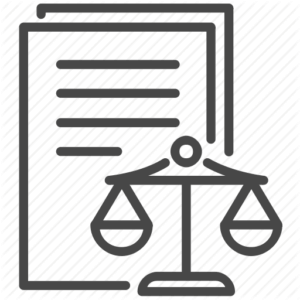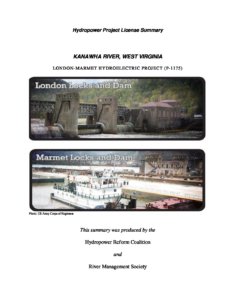Five key lessons as world’s biggest dam removal project will soon begin on the Klamath River
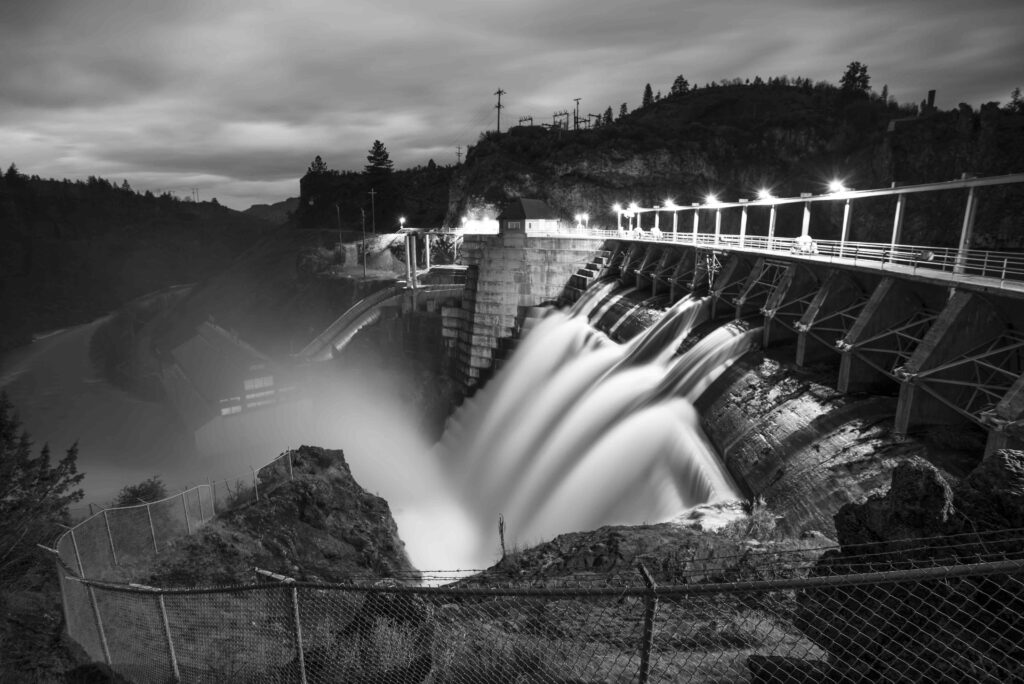
After more than 100 years of being dammed, the lower Klamath River will flow free once again.
To be able to make that statement, it has taken decades of advocacy by Tribes who depend on a living Klamath River for their cultural identity and for their food security. It has also taken years of effort by the Tribes, the states of California and Oregon, the dams’ owner, federal agencies, and several nonprofits, including American Rivers, to navigate the lengthy planning, fundraising, regulatory and project design processes. But finally on November 17, the Federal Energy Regulatory Commission (FERC) approved the hydropower License Surrender to remove four dams from the Klamath River. The License Surrender follows from earlier this year, when FERC issued a Final Environmental Impact Statement recommending that the dams be removed due to their cultural and environmental impacts. There are more steps that need to be taken, including additional regulatory steps, before deconstruction can begin in 2023, but a project that has been decades of struggle and seemed to be falling apart as recently as two years ago, now feels inevitable.
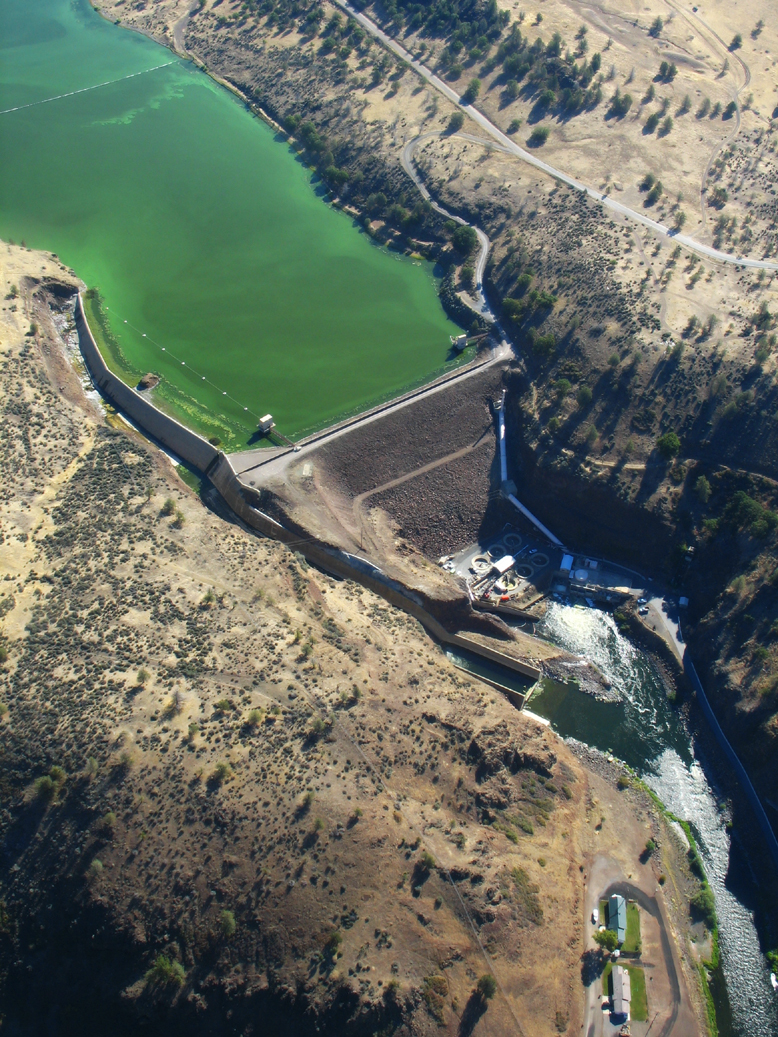
Algae bloom behind Klamath dam | Photo James Norman, flight by LightHawk
The Klamath River basin is home to the Karuk, Yurok, Hoopa, and other Tribes. Salmon are both a food source and a focal point for their cultural identity. The Klamath was once a highly productive salmon river with one million fish returning to the river each year. Largely because of the four dams, there are no longer enough fish for the Tribes to have Klamath salmon as a primary food source.
In 1918, the Copco 1 Dam was completed, cutting Klamath salmon off from the upper part of the basin. Over the next 44 years, three more dams were built (Iron Gate, Copco 2, and J.C. Boyle dams) on the river in California and Oregon, effectively closing off 400 miles of habitat to salmon and steelhead, ultimately resulting in dramatic fish population declines.
Perhaps even more devastating to life in the river, the dams’ reservoirs became breeding grounds for cyanobacteria. It is a substance that looks like a blue-green algae and is toxic to aquatic life, to humans, to livestock, and to pets. The Karuk tribe measured a Klamath toxicity content that exceeded World Health Organization guidelines by almost 4,000 times. There are warning signs near the water. When you look at the reservoirs, they look wrong, a color that makes you instantly cringe when you see it. The phosphorescent film also traps heat and depletes the oxygen content in the water. As a result, 90% of the small number of salmon that return to the river become seriously ill. Between habitat fragmentation and terrible water quality, the fish do not stand much of a chance with the dams in place.
Removing the dams will end these problems. The fish will be able to return to habitat they have not seen for a century. Cyanobacteria will be no longer be a problem – it does not persist in flowing water. The beautiful Klamath River will be better able to sustain life.
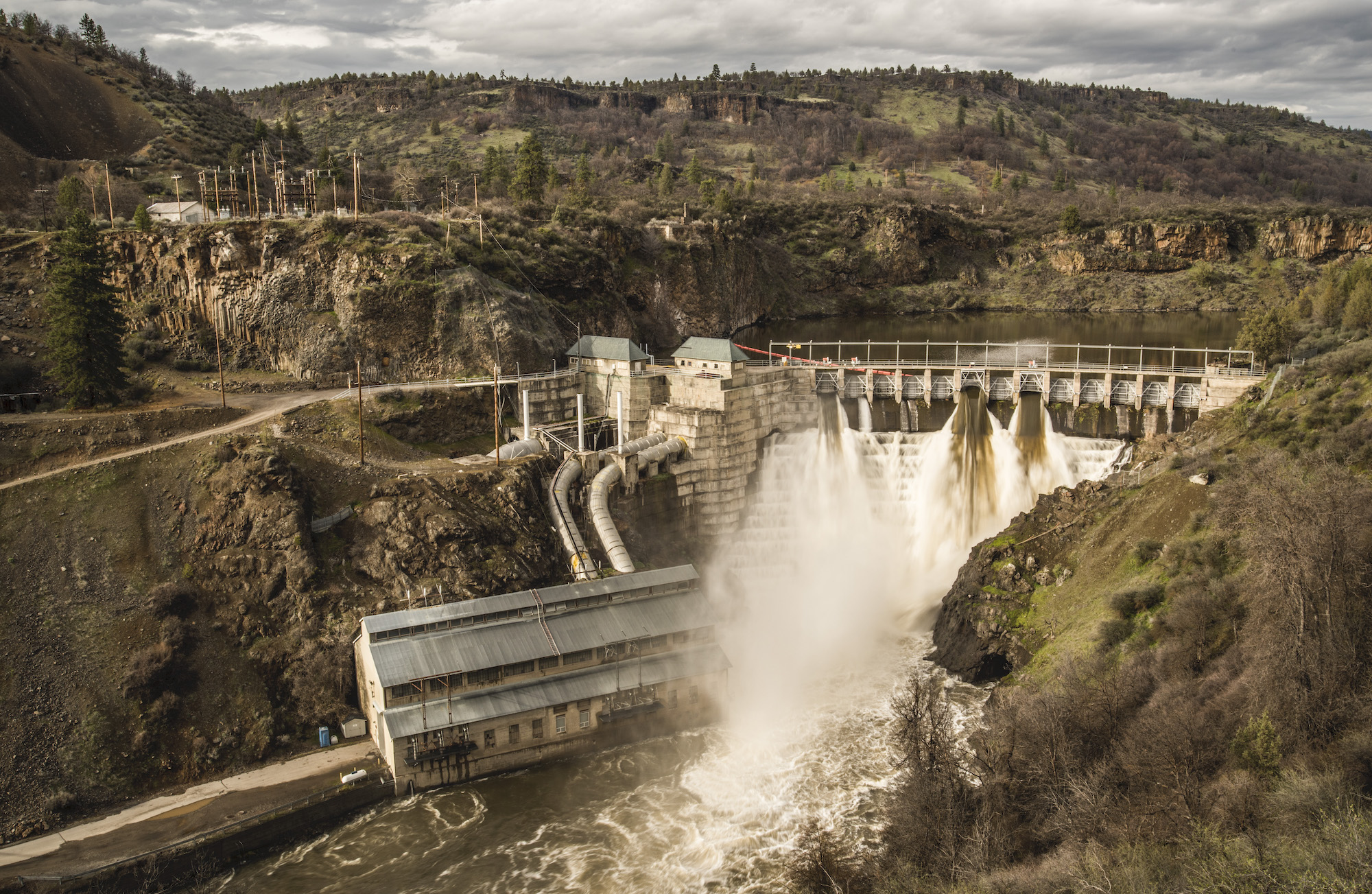
Klamath River Dam | Photo by Joshua Duplechian, Trout Unlimited
Now that the Klamath project is closer to the end than it is to the beginning, I wanted to share a few reflections on things I have learned through the project and how the project resonates nationally:
We need to do better for tribes and justice and food sovereignty. The Klamath story is one that is too common for Indigenous people. While the outcome on the Klamath will be positive, the path to get there has been a struggle. In 1864, the Klamath Tribes negotiated a treaty with the United States that affirmed their sovereignty and included rights to fish for salmon. It was signed and ratified by President Ulysses S. Grant in 1870. Over the next century, U.S. companies built dams on the Klamath River that wiped out two species of salmon and brought the populations of the remaining salmon to 5% of what they were. The tribes had the right to fish, but the fish were nearly gone. In 2000, when the dam owner, PacifiCorp, did not include provisions for fish passage in their initial bid to relicense the dams, tribal members went all the way to Scotland to protest to PacifiCorp’s parent company. Later, when Warren Buffet’s Berkshire Hathaway acquired PacifiCorp, tribal members went to Nebraska multiple times to protest at the company’s annual meetings. A real turning point in the project happened in 2020 when Berkshire Hathaway executives accepted the tribes’ offer to visit the dams and meet with tribal members on the river. The tribes’ advocacy made these dam removals possible, but it should not have taken this much for the tribes to retain a cultural focus that they have had since time immemorial – that the Klamath River is free to sustain life.
Dam removal makes economic sense. In ultimately deciding to decommission the dams, PacifiCorp made a sound economic decision.An early draft FERC report estimated that the dams would lose $20 million per year including expenses to operate the dams and expenses to address the dams’ water quality impacts. The California and Oregon Public Utility Commissions confirmed this, determining that dam removal would result in cheaper energy costs for their ratepayers than relicensing the dams, so much so that ratepayers are contributing hundreds of millions of dollars to remove the dams. Paying to eliminate underperforming infrastructure is a sound fiscal decision. What’s more, the power from the dams can be replaced with clean renewables and efficiency, without contributing to climate change.
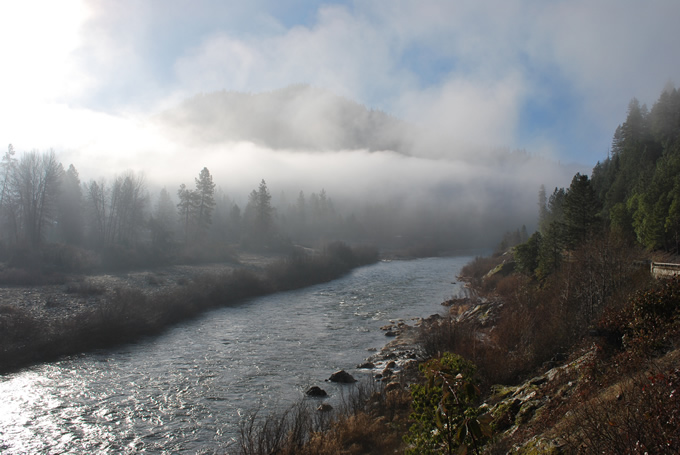
Klamath River, CA. | Matt Baun/USFWS
We need to make it easier to decommission hydropower dams. PacifiCorp originally agreed in principle to remove the dams in 2010 as part of the Klamath Hydroelectric Settlement Agreement (KHSA). In 2016 the KHSA was amended with a more defined plan to transfer the dams for removal to a new nonprofit entity, the Klamath River Renewal Corporation (KRRC). But then, in 2020, FERC denied the initial license transfer from PacifiCorp to the KRRC. The states of Oregon and California stepped in and agreed to become co-licensees, an unprecedented step that rescued the project. With the new license transfer structure in place, FERC was able to issue the Final License Surrender Order. It took 12 years after PacifiCorp agreed to remove the dams in principle, and 22 years after they first started the relicensing process, to finally determine the fate of the hydropower license and the dams. As is usually the case with dam removals, the dams will come down faster than the process to get to removal. American Rivers will continue to advocate for improvements in the processes that allow dam owners who consent to removal to remove their dams.
The States of California and Oregon continue to prioritize river restoration. Through various programs, both California and Oregon provide millions of dollars each year for river and wetland restoration projects. Along with rescuing the Klamath project during the license transfer process, both states have supported the Klamath Dam removals from the beginning. Their restoration ethic should serve as models for states throughout the country.
The approach to develop a new nonprofit to implement a complex project has worked (again). The Klamath River Renewal Corporation was modeled after the Penobscot River Restoration Trust, a similar structure developed to remove hydropower dams in Maine. In both cases, very complex projects were well managed by skilled staff hired for the purpose. The staff at the KRRC and their consultants (Resource Environmental Solutions (RES) and Kiewit Infrastructure West) are making the nuts and bolts of the Klamath project possible. There is no better example of that than the Final Environmental Impact Statement issued by FERC. It includes hundreds of pages of challenging issues, from cultural resources to sediment management to engineering design to public safety issues, that all need to be managed in a complex project like this. Every one of them has a clear statement of how they will be managed, demonstrating the level of thought and analysis and engineering that the KRRC has put into the project. I have seen reports on similar projects stating the impossibility of managing this much complexity. KRRC is making it all possible and clarifying that while there are many issues , they can all be reasonably managed.
This effort on the Klamath River will make history: never before have four dams of this magnitude been removed at once. The Klamath dams are large structures, ranging in height from 33 feet to 172 feet. Every successfully completed project makes the next project easier. I hope that the Klamath projects will serve as models to complete more large-scale river restoration projects throughout the country.
The Klamath dam removals will begin in 2023 and will be completed in 2024.
The post Five key lessons as world’s biggest dam removal project will soon begin on the Klamath River appeared first on American Rivers.

